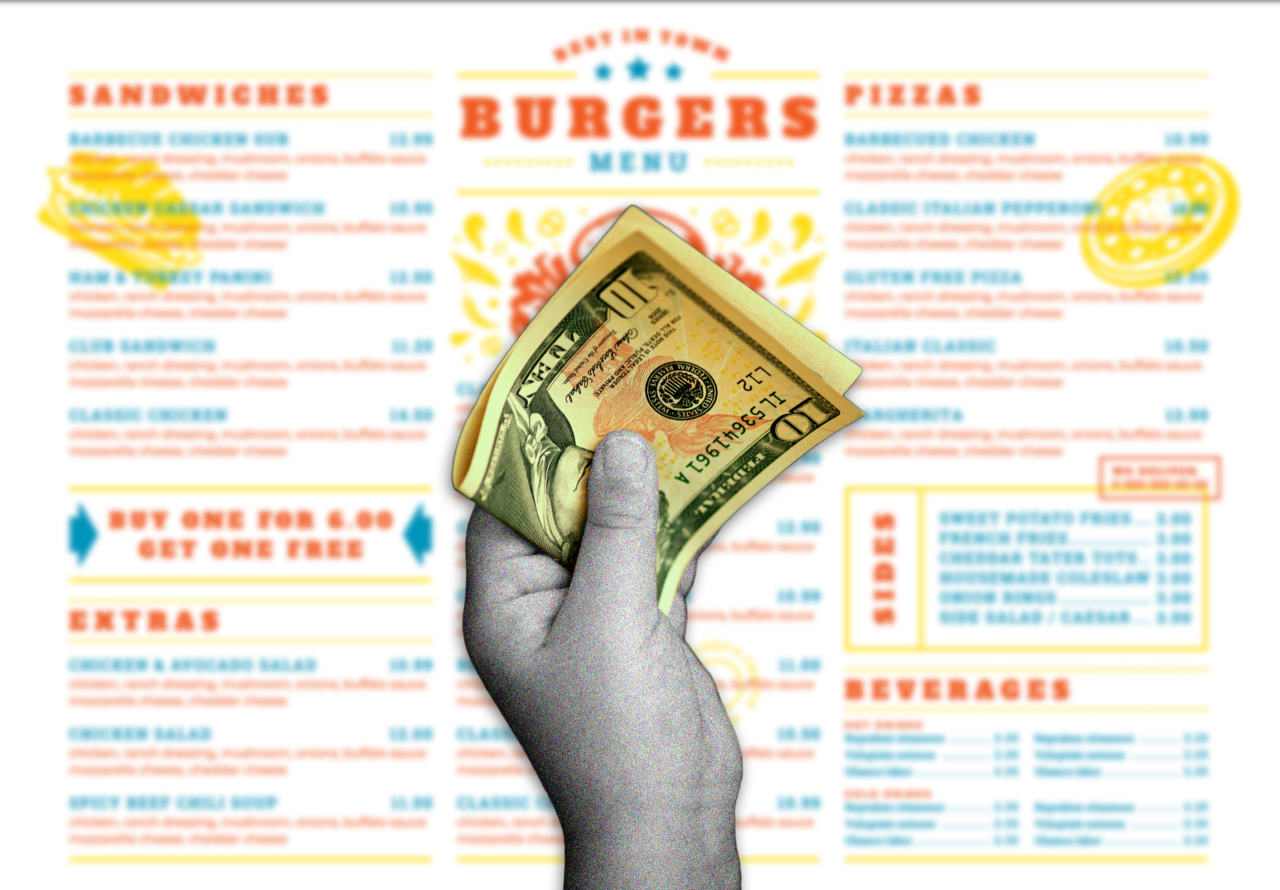Fast-Food Chains Face Legal and Consumer Pressure to Keep Prices Below $10
Tags: fast food pricing, consumer law, price transparency, United States, value menus, economic regulation
In the United States, fast-food chains like McDonald’s, Wendy’s, and Taco Bell are navigating a complex landscape of consumer expectations and legal scrutiny as they strive to keep menu prices below the psychological $10 threshold. Rising operational costs, coupled with consumer protection laws and economic pressures, are reshaping how these chains approach pricing strategies. This article explores the legal and economic factors driving the industry’s focus on affordable pricing and the implications for businesses and consumers.
The Psychological Ceiling: Staying Below $10
Fast-food chains are increasingly aware of a psychological pricing barrier at $10, where consumers perceive double-digit prices as less affordable, impacting their purchasing decisions. To address this, companies are rolling out value meals priced at $5 or $7, such as McDonald’s $5 Meal Deal or Taco Bell’s Luxe Cravings Box. These efforts aim to maintain the perception of affordability amid rising costs, which have seen some menu items double in price since 2014. However, consumer protection laws in states like California require clear pricing disclosures, ensuring chains cannot obscure true costs with hidden fees or misleading promotions.
Legal Pressures on Price Transparency
Across the U.S., consumer protection regulations, such as the Federal Trade Commission’s guidelines on deceptive pricing, mandate that fast-food chains clearly communicate prices. Recent lawsuits, like those against McDonald’s in 2024 for alleged price gouging, highlight the legal risks of raising prices too steeply without transparency. States like New York and California have also tightened regulations, requiring menus to display total costs upfront, including taxes and fees, to prevent “sticker shock” at checkout. These laws push chains to maintain low, transparent pricing to avoid litigation and consumer backlash.
Economic Factors Driving Value Menus
Inflation and supply chain disruptions have increased labor and ingredient costs, squeezing profit margins for fast-food chains. To counter declining foot traffic—down 3.5% industry-wide in 2024, according to Nation’s Restaurant News—chains are subsidizing value menus to attract price-sensitive customers. However, this strategy risks franchisee profitability, leading to legal disputes with corporate headquarters over cost-sharing. For instance, Wendy’s faced pushback from franchisees in 2025 over mandates to offer $6 meal bundles, citing unsustainable losses.
Consumer Behavior and Competitive Landscape
As consumers increasingly compare fast-food prices to sit-down restaurants or grocery stores, chains face pressure to align with perceived value. Legal actions, such as class-action lawsuits in Illinois over misleading “value meal” claims, underscore the need for honest marketing. Meanwhile, competition from grocery chains offering ready-to-eat meals at comparable prices has forced fast-food brands to innovate with loyalty programs and app-based discounts, all while staying compliant with state and federal advertising laws.
Looking Ahead: Balancing Profit and Perception
The fast-food industry’s focus on sub-$10 pricing reflects a delicate balance between consumer psychology, legal compliance, and economic realities. As chains navigate rising costs and stricter regulations, they must innovate to maintain affordability without sacrificing transparency or profitability. With consumer trust at stake, adherence to pricing laws and clear communication will be critical to sustaining customer loyalty in a competitive market.
